
In Covid Times: Teaching and Learning of MBBS Students in Ophthalmology – A New Experience
Year Two MBBS students went through a new clinical experience on 17 and 24 March 2021. After their usual Ophthalmology lecture at the third level of KA Block, they moved to the new Screening Centre for Myopia. Twenty students were scheduled for each of the two days to practice social distancing and they were divided into four subgroups.
The MBBS students were learning and practising Fundoscopy or Ophthalmoscopy. They were divided into groups of five each, to be safe. All groups dilated each other’s eye for the examination of their normal fundus. However, as the majority wore spectacles due to Myopia, it was a good screening opportunity for Master of Medical Science Post-graduate (PG), Dr Nic Musa Abdullah (already an MBBS graduate).
Since his research project was on ‘Myopia’, he was able to record the students’ different profiles in Corneal and Fundus findings with a recording camera. The students also moved to two other stations, one for Vision recording, and the other for Topography. Blood was taken by finger-prick and stored on Whatman FTA cards for the PG to perform DNA analysis later for his studies.
It was a very good eye-opener experience for the second year MBBS students in Ophthalmology, and they gladly volunteered and signed their consent for the different tests carried out by Dr Nic.
There were also others in the team; Man for technical assistance, Selvam for recording the vision and taking autorefraction, and Maggie Ng for the compilation and arrangements of all the recording folders. Faculty of Medicine and Health Sciences lecturers Dr Hnin Pwint Phyu and Prof Jenny P. Deva performed the finger-prick blood collection. All sterile and precautionary steps were observed. Everyone wore masks and had social distancing before they were examined at the machines. Prof Jenny P. Deva was happy that everything went on very well.
About Myopia
Myopia is near-sightedness or short-sightedness. Those who have this are unable to see far, but able to see better when objects are placed near to them. In a previous study in Malaysia, it was found that 70% of Chinese have Myopia.
Near-sightedness or Myopia is a social and economic burden. Roughly US$202billion per annum was attributed to Myopia. The number of people affected by myopia is likely to rise from 1.4 billion to five billion by 2050 (Holden, 2016).
UTAR PG Dr Nic is currently studying “Clinical and Genetic Studies in Myopia” to uncover some knowledge gaps and questions involved in the etiopathogenesis of Myopia.
Dr Nic recording the fundus using a Fundus camera
Selvam recording the vision and taking autorefraction
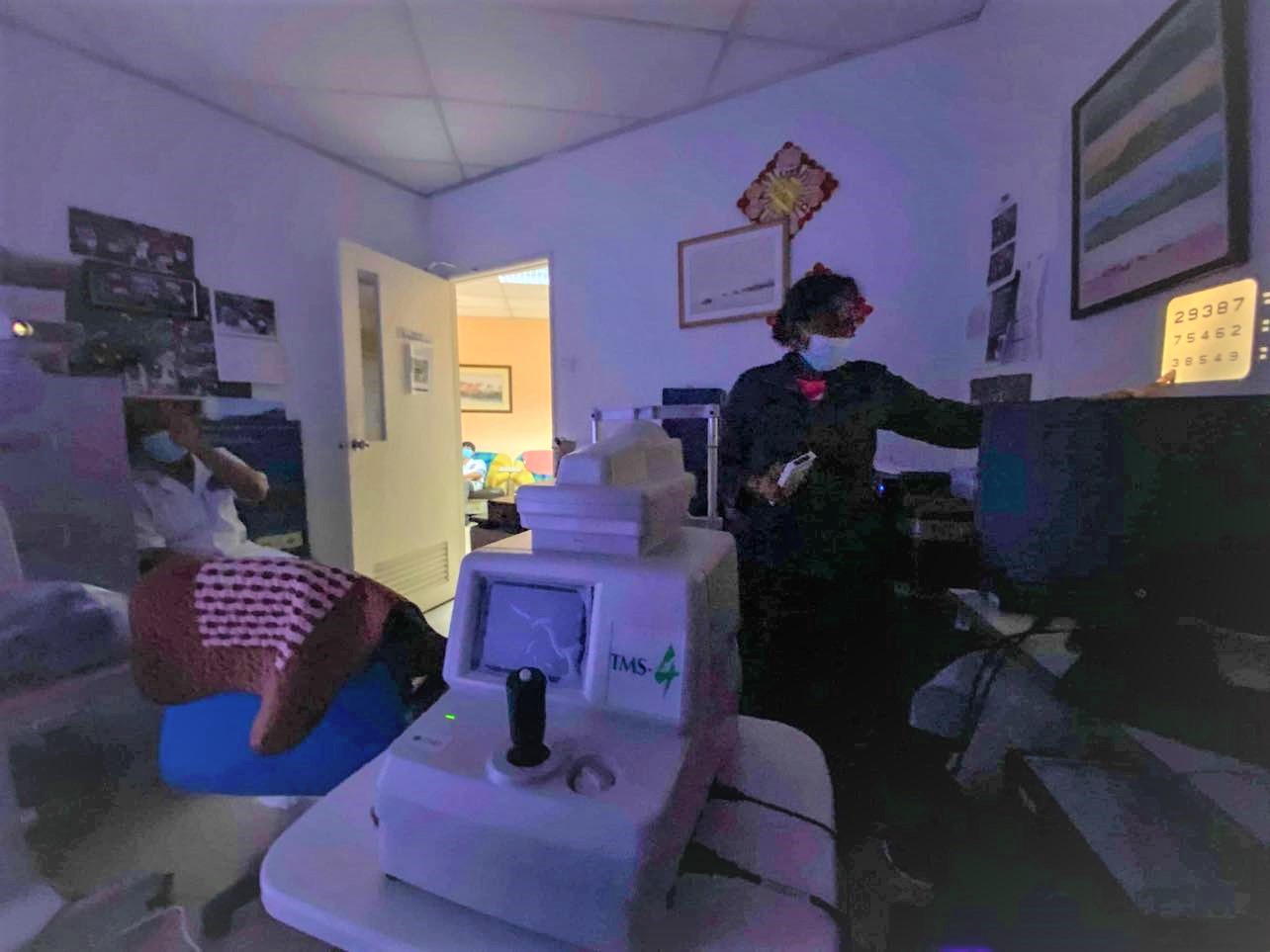
Selvam conducting visual acuity test
Prof Jenny and Dr Hnin collecting blood samples by finger-prick and storing them on FTA Card
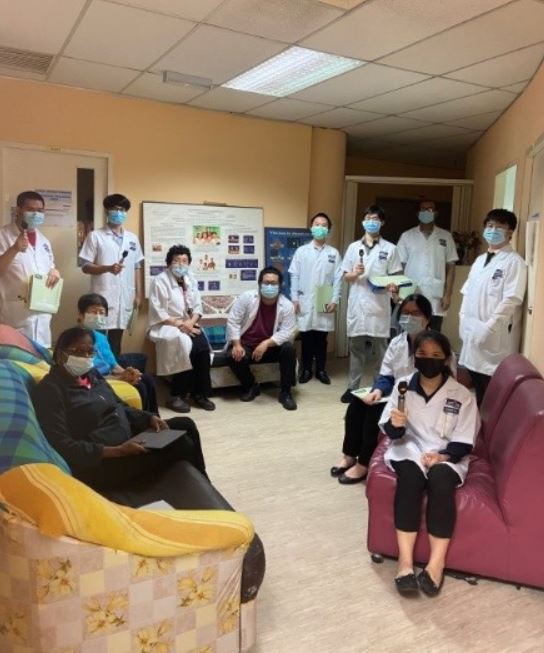
Selvam (seated, front left), Maggie Ng (seated, in blue clothing), Prof Jenny and Dr Nic (seated, middle) with Year Two MBBS students
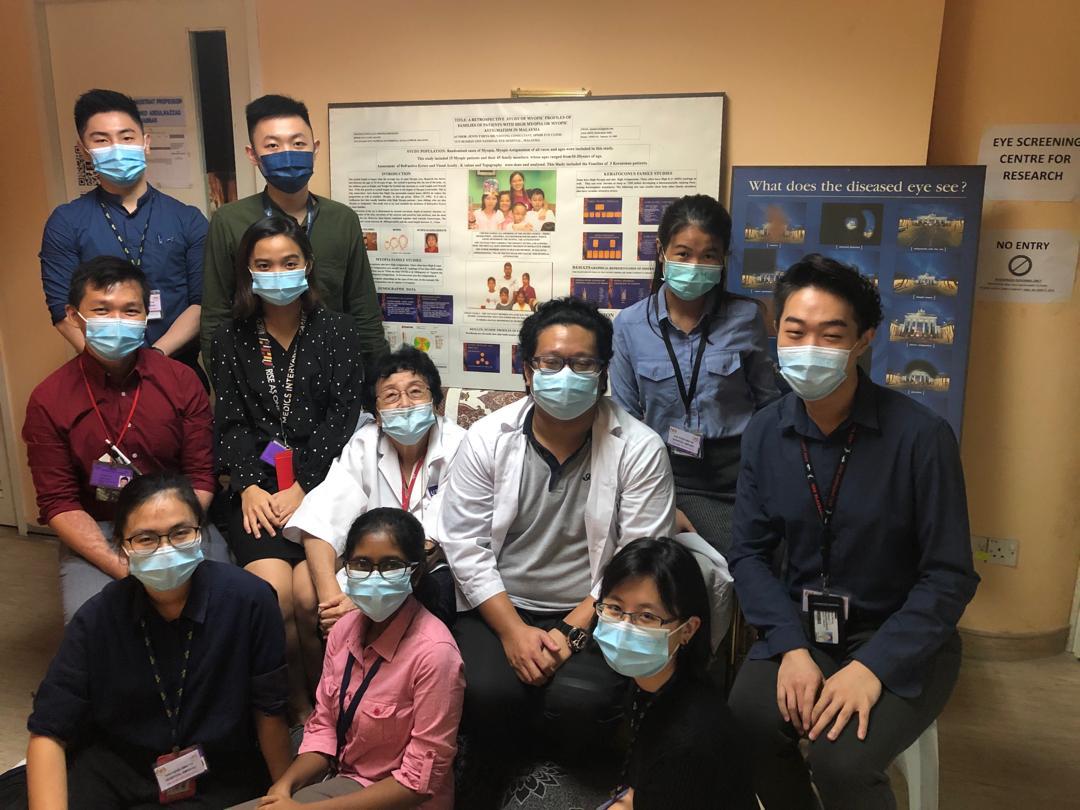
Prof Jenny and Dr Nic (middle, in white coat) together with Year Four MBBS students
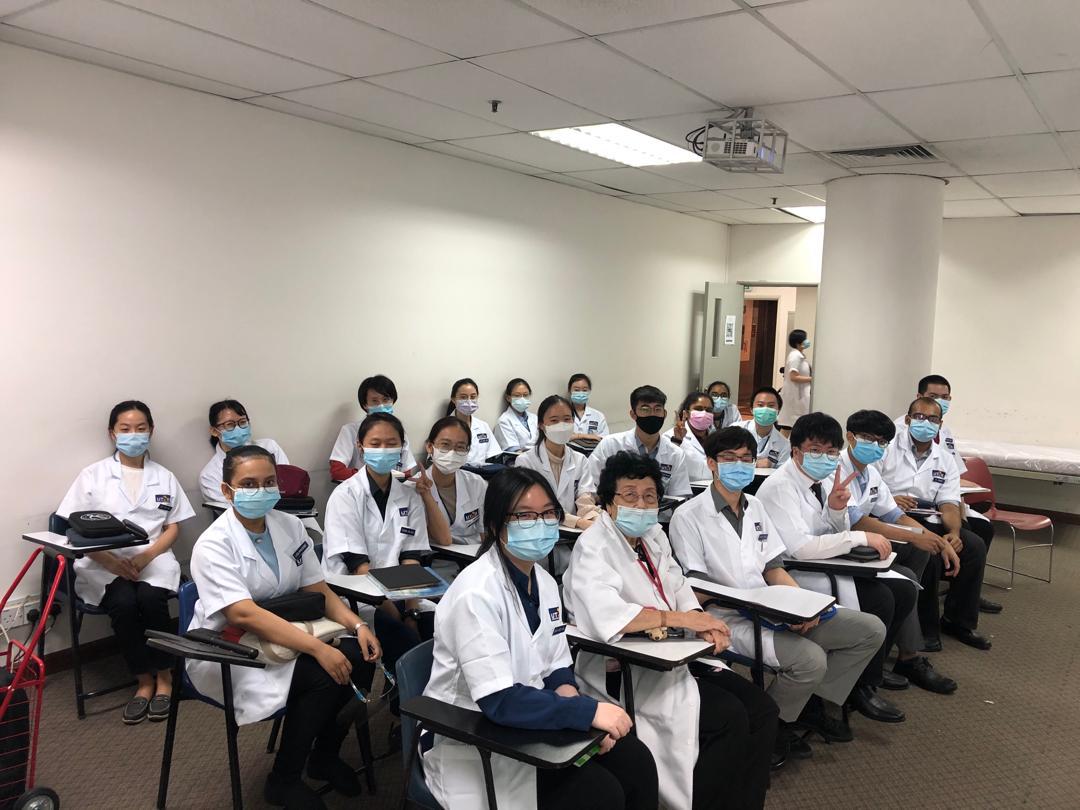
Year Two MBBS students after their usual Ophthalmology lecture with Prof Jenny
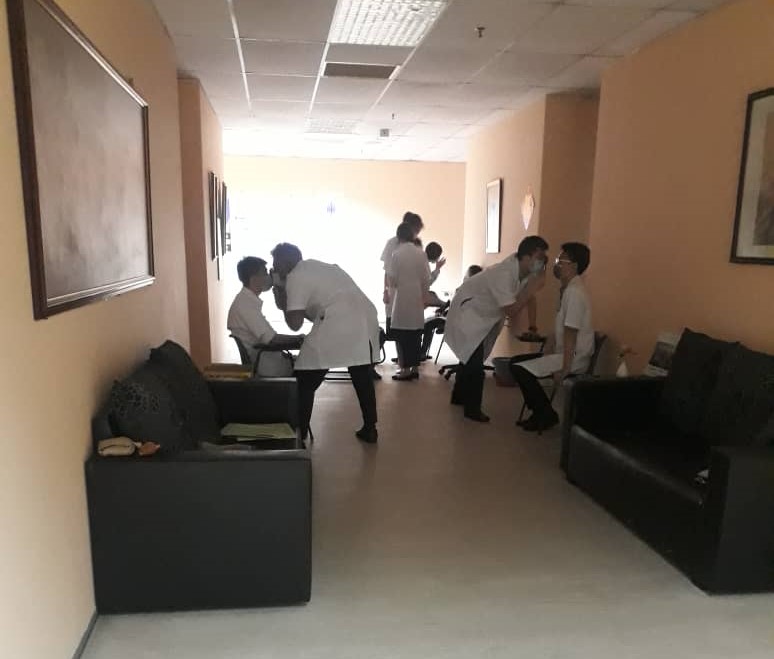
Year Two MBBS students examining each other’s eyes in small groups
![]()
![]()
© 2021 UNIVERSITI TUNKU ABDUL RAHMAN DU012(A).
Wholly owned by UTAR Education Foundation (200201010564(578227-M)) LEGAL STATEMENT TERM OF USAGE PRIVACY NOTICE